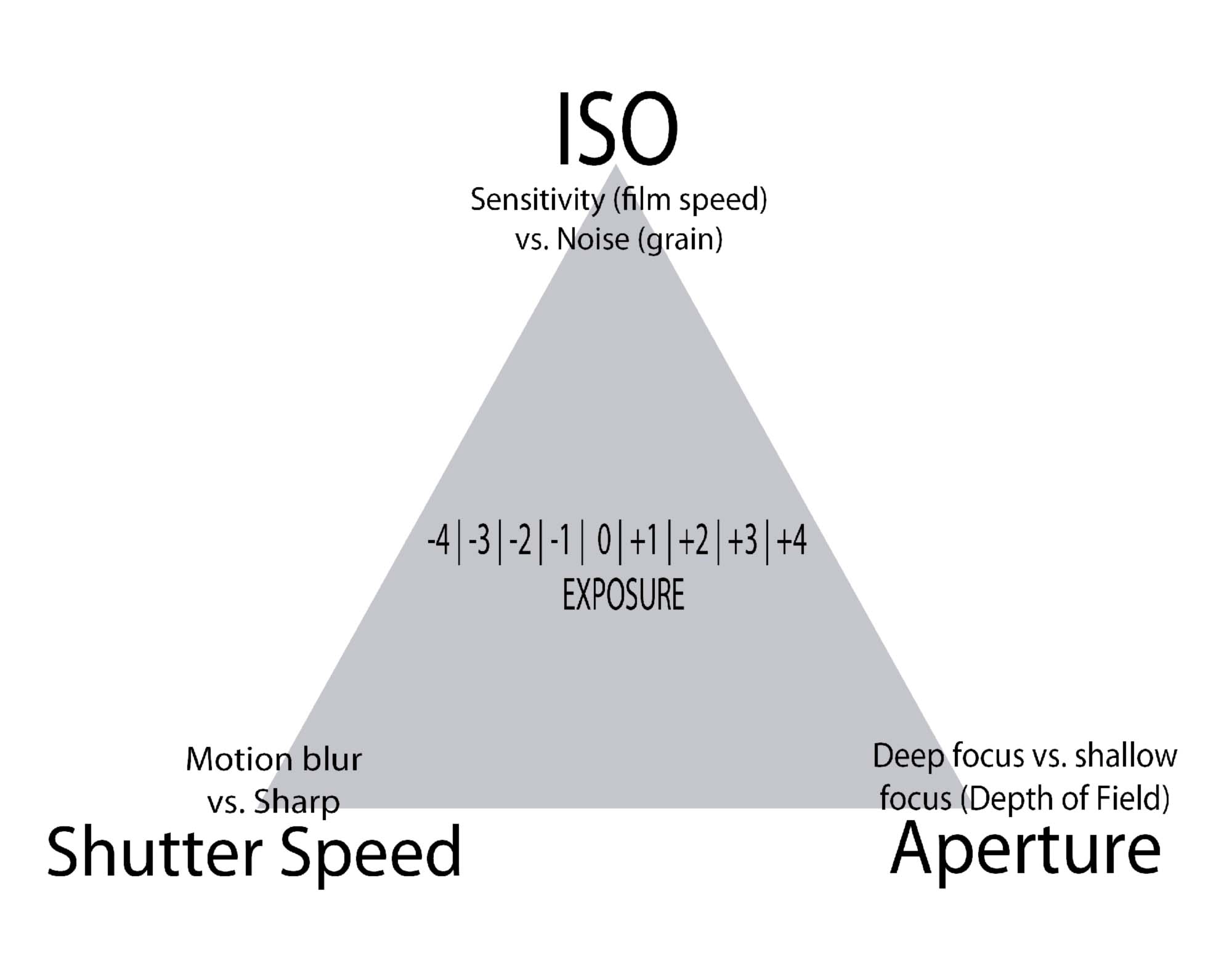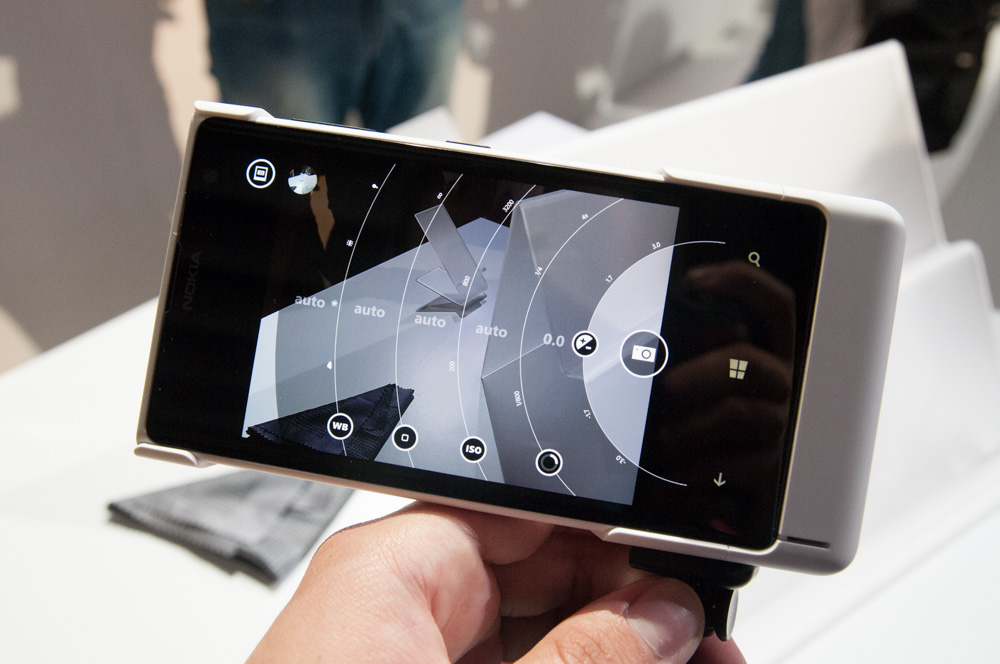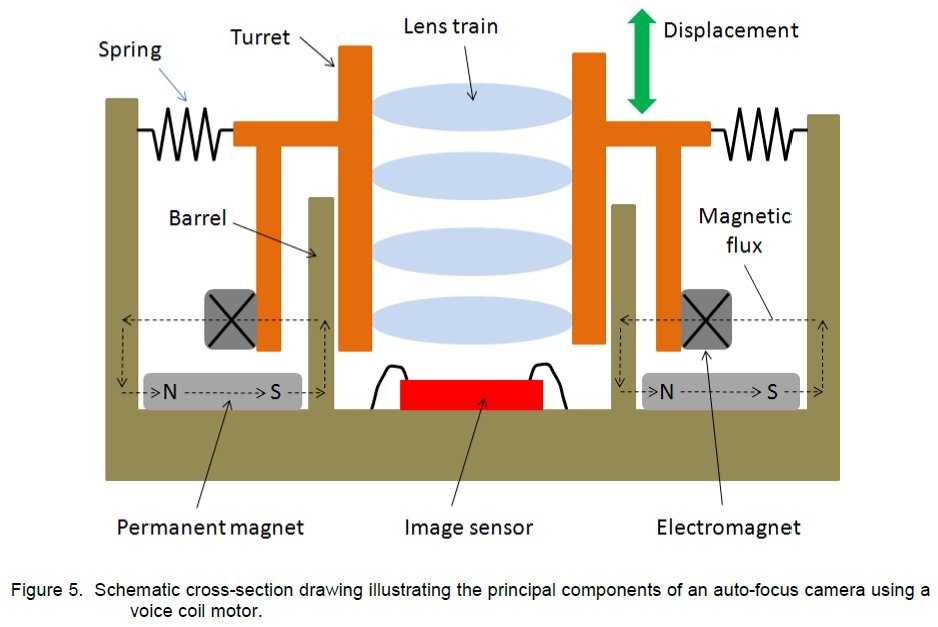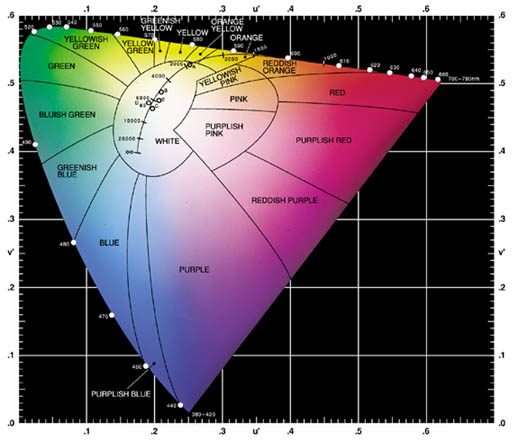Manual Camera Controls in iOS 8
by Joshua Ho on June 18, 2014 11:54 AM EST- Posted in
- Smartphones
- Apple
- Mobile
- Tablets
- iOS 8

For the longest time, iOS had almost no camera controls at all. There would be a toggle for HDR, a toggle to switch to the front-facing camera, and a toggle to switch to video recording mode. The only other tool that was accessible would be the AE/AF lock. This meant that you had to hope that the exposure and focus would be correct, because there was no direct method of adjusting these things. Anyone that paid attention to the WWDC 2014 keynote would’ve heard maybe a few sentences about manual camera controls. Despite the short mention in the keynote, this is a massive departure from the previously all-auto experience.

To be clear, iOS 8 will expose just about every manual camera control possible. This means that ISO, shutter speed, focus, white balance, and exposure bias can be manually set within a custom camera application. Outside of these manual controls, Apple has also added gray card functionality to bypass the auto white balance mechanism and both EV bracketing and shutter speed/ISO bracketing.
For those that are unfamiliar with such terms, it’s worth talking about what each of these controls can do. First, ISO and shutter speed are two of the three factors that affect the exposure of a scene. The third is the lens aperture, but in the context of mobile, aperture is almost always fixed. ISO is best described as the sensor gain, and shutter speed is the time that the sensor is taking in light. While increasing ISO can brighten a scene, doing so also increase the noise in an image. It's also possible to select different formats within a custom camera application, such as the low light mode. This means that a third party camera application wouldn't be denied access to features that can be found in the stock camera application. A possible UI for this third party camera can be seen below in the Lumia 1020's Nokia Pro Camera application.

The flip side is shutter speed. While longer shutter speeds can decrease ISO, it also means that hand shake and motion blur are more likely to affect the image. This means that things like long exposure photography are now possible. It’s also possible to force lower or higher ISO/shutter speed compared to what the auto-exposure algorithm would pick based upon the scene. It's also important to note that the preview frame rate will be the same as the set shutter speed. This means that the lower bound can be 1FPS in certain formats. With the controls that Apple has exposed, it’s even possible for developers to write their own custom auto-exposure algorithms. Outside of these manual controls, it’s also possible to add a bias to the auto-exposure algorithm. This should appear in the stock iOS 8 camera application in the near future.
Focus is another key control that adjusts the lens from macro focus to infinity focus, and this means that it’s now possible to focus in situations where contrast detection auto-focus mechanisms struggle to work correctly. This opens up new ways to compose an image, and also opens up new kinds of shots with video. A great example of this is smoothly focusing into an object to provide a dramatic effect, something that would've been impossible up until now. There was a strong emphasis on the fact that focus couldn't be mapped to distance, as the focal length varies from device to device and the VCM behavior is also affected by gravity, age, and variance in the production process. A diagram of a VCM AF system can be seen below.

White balance is now also fully manual, something that was previously only limited to Windows Phone and HTC's custom camera application. Apple went into deep detail regarding the implementation of this manual color balance, which effectively skews based upon RGB gain at a low level, but can be converted to Kelvin through the API that is opened up. This, in addition to the "gray world" white balance, allows further control of how a shot will come out.
While only the exposure bias controls will make it into the stock camera application, all of these new controls exposed through the AVCaptureDevice APIs will enable camera applications similar to Nokia's Pro Camera or HTC's Sense 6 camera application. It's been said that Apple is one of the few OEMs that take camera seriously, and these new controls can only cement that position.











42 Comments
View All Comments
Tigran - Friday, June 20, 2014 - link
***So bigger sensor has inherently advantages that a smaller sensor will NEVER be able to reach***"When a distinguished but elderly scientist states that something is possible, he is almost certainly right. When he states that something is impossible, he is very probably wrong" Arthur C. Clarke
I think kids or dilettantes better predict future technologies as they are not limited with the knowledge and experiance of today's science. Many engineers predicted nothing heavier than air could fly, many physicists denied fusion power. But today even specialist agree it's possible that mini-cameras will replace DSLRs in future:
http://blog.vodafone.co.uk/2014/04/18/htc-talks-ca...
And guess what - miniaturized wide-angle lens one-tenth of the size of a regular lens, captures pictures better than Canon EOS 5D Mark III DSLR with a 12mm focal length:
http://www.jacobsschool.ucsd.edu/news/news_release...
jlabelle - Friday, June 20, 2014 - link
Tigran, did you write anything contradictory to what I wrote ?Because otherwise, if your argument is to say that someday, the efficiency of a sensor will go beyond 100%, then, it is better stopping smoking.
As you say, maybe someday someone will find another way to capture picture that will represent a shift compared to the current technology but CMOS and CCD sensors exist since more than 20 years and if you wait for a new technology to-be-invented, let's say that the future camera in your next phones will likely be still the same for the next years to come.
So, in the meantime, as you will wait a new techology to be invented and go through commercial phone's camera, the best way TODAY and for the next years to come to enjoy the advantages I cited is to go toward bigger sensor.
Also, read better what I wrote and the article that you mention. What do you mean by better ?
Because resolution is only one aspect of the picture quality. The fact is that a short focal length prevent you of having control on the depth of field. So even with a 800Mpx sensor and the lens able to resolve that, if this sensor is tiny, you will still have no control on the DOF, simply as that.
Finally, stabilisation gives you 2 or 3 stops of light. So, on the SAME sensor, you gain 200 or 300% of light gathering ability compared to a non stabilized sensor/lens.
Bottom line : I repeat what I said, this is normal that the real images of a Lumia 1020 are miles ahead a non stabilized small 1/3" sensor iPhone 5S camera. And appart from stabilizing and increasing sensor size, there is no chance for the iPhone 6 or 7 to overcome this difference with current technology and minor improvment that we are seeing year after year.
For the record, the 2 year old Nokia 808 is still be best camera in any smartphone to date. Maybe the iPhone 15 will reach the level of quality but only if they increase the sensor size to any remotely close size, otherwise, no chance.
Tigran - Friday, June 20, 2014 - link
Jlabelle, if you mean "bigger sensor has inherently advantages that a smaller sensor will NEVER be able to reach" TODAY, at current technology level - I agree. Except NEVER is not the right word for TODAY. What I mean: we will have small sensors in future, that will be as good or even better than today's DSLR's sensors. Bigger pixels, more sensitive materials, curved form to collect light at right angle etc. And even today we have small lens with 12 mm focal length that takes more detailed pictures than Canon 8-15 mm lens, so progress embraces not only sensors. And I guess additional zoom lens will replace extra pixels in sensor at it will put many detailed fragments together, and we'll get optical details instead of digital (when we have chips fast enough in cameras). It's all about future and comparison of future smartphones with small lens and sensors with today's DSLRs.jlabelle - Monday, June 23, 2014 - link
O, fine Tigran. But the future is the future. I am interested only today on what my phone camera can produce. So, while you will wait years to have better quality, I prefer enjoying today better picture quality.And i you want to enjoy TODAY or with the next iPhone 6 a better image quality, Apple has better to put a big sensor in it. Otherwise, make no mistake, the Lumia 1020 and Nokia 808 (a 2 years old phone) will still be vastly superior to the brand new iPhone 6.
For the iPhone 15... well, maybe that a new technology will be here but for the time being...
Krysto - Friday, June 20, 2014 - link
Apple needs to put a 13MP camera in the next iPhone. 8MP is just too low of a resolution for optimal details these days. 13MP is going to be the optimal resolution between high detail and high enough performance and also low-light performance.Krysto - Friday, June 20, 2014 - link
I also agree with others that bigger sensor sizes are needed. In 2014, everyone should be using 1/2.3" sensors like the one Sony used in Xperia Z1 last year (and Z2 this year). They managed to put that sensor in a relatively thin body, without any bumps on the back.The only thing is I'd prefer 13MP resolution over the 20MP one Sony used (which comes down to 8MP in Superior auto-mode, I believe, anyway). 1/2.3" with 13MP resolution is a very good combination, that should give both great quality and detail, and also good performance in low-light, and good performance in HDR and any other kind of computational photography.
jlabelle - Friday, June 20, 2014 - link
Let's be realistic here : the 5Mp downsampled image from a Lumia 1020 have more details than the 8Mp image of an iPhone 5S which shows that the lens is not able to resolve such resolution.8Mp is already borderline for a 1/3" sensor.
Sony xPeria, Lumia 1520/930, Samsung S5 have all bigger resolution because they have sensor between 40% and 70% more surface. And even then, they use also downsampling because full resolution image is often not really pretty.
Take a look at a full frame DSLR 8Mp image and I can assure you that you rarely need more. The problem today is really not the resolution of the sensor...
corkymiller - Friday, June 20, 2014 - link
No aperture control is NOT manual control.jlabelle - Monday, June 23, 2014 - link
It is one of of them. Unfortunately, the aperture (the physical aperture of the lens, not the f ratio) is so small on current phone's camera that the lens is almost already diffraction limited at the maximum aperture. So closing down offer very limited benefit.We are more looking for larger physical aperture to have more Depth of field control (that we can close if we want) rather than smaller aperture on those tiny tiny lens.
Appart from the 3 exposure control parameter (ISO -indeed the gain on the sensor-, aperture, shutter speed), there are other basic parameters which are key : white balance, exposure compensation.
With those parameters, you control already most of the situation. But again, nothing replace a large sensor/lens for depth of field control. And just for this reason alone, it explains why I would always prefer a larger sensor to a smaller one, even if it would give the same picture quality (which is not possible because for the same technology, the bigger sensor will always have the advantage).
AliciaMay - Sunday, June 22, 2014 - link
Do you want to install iOS 8 on your iDevice right now? Check out this website: http://activatemybeta.comI've got my UDID Registration in under a minute and I'm now enjoying iOS 8 on my iPhone! <3